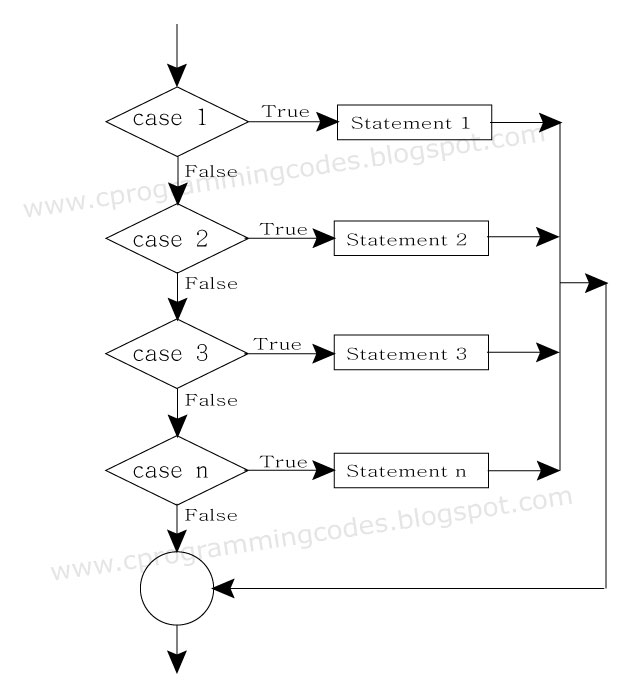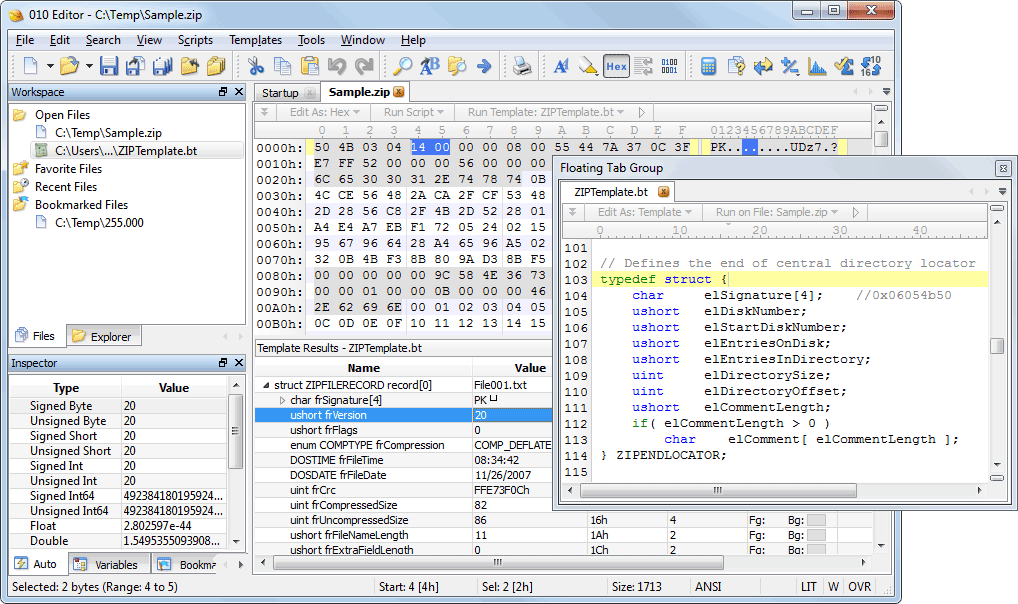

* Comment to state the purpose of the program Don't worry about the other terms and keywords now.

Choose a meaningful " Classname" that reflects the purpose of your program, and write your programming statements inside the body of the main() method. You can use the following template to write your Java programs. Step 3: Run the compiled bytecode Xxx.class with the input to produce the desired output, using the Java Runtime by issuing command:
010 editor switch statement portable#
Step 2: Compile the source code Xxx.java into Java portable bytecode Xxx.class using the JDK Compiler by issuing command: Step 1: Write the source code Xxx.java using a programming text editor (such as Sublime Text, Atom, Notepad++, Textpad, gEdit) or an IDE (such as Eclipse or NetBeans). The steps in writing a Java program is illustrated as follows: Basic Syntaxes Steps in Writing a Java Program You may also try the " Exercises on Java Basics". The first few sections are a bit boring, as I have to explain the basic concepts with some details. Learning library could be difficult as it is really huge, evolving and could take on its own life as another programming language. Instead, you can re-use the available code in the library.
010 editor switch statement how to#
This article showed you how to write switch statements with the “match” and “case” keywords. The break keyword's functionality is done for you behind the scenes. That’s the advantage Python’s native switch statement has over those of other languages. You probably noticed I did not add a break keyword to each of the cases, as it is done in other programming languages. That’s a much cleaner syntax than multiple elif statements and simulating the switch statement with a function. Print("The language doesn't matter, what matters is solving problems.") Print("You can become a mobile app developer") Print("You can become a Blockchain developer") Print("You can become a backend developer") It is a program that prints what you can become when you learn various programming languages: lang = input("What's the programming language you want to learn? ") Note that the underscore symbol is what you use to define a default case for the switch statement in Python.Īn example of a switch statement written with the match case syntax is shown below. To write switch statements with the structural pattern matching feature, you can use the syntax below: match term: How to Implement Switch Statements with the match and case Keywords in Python 3.10 Return "You can become a mobile app developer" Return "You can become a Blockchain developer." Return "You can become a backend developer." Using a function and the elif keyword was one of them and you can do it this way: def switch(lang): There were multiple ways Pythonistas simulated switch statements back in the day. How Python Programmers Used to Simulate Switch Case In this article, I will show you how to write a switch statement in Python using the match and case keywords.īut before that, I have to show you how Python programmers used to simulate a switch statement back in the day. You can refer to both keywords as "soft keywords" if you like. But that’s another story for another day.

This is because you can use both of them as variable and function names. Some people debate whether or not the match and case are keywords in Python.

You can implement this feature with the match and case keywords. # Output: You are too old to party, granny.įrom version 3.10 upwards, Python has implemented a switch case feature called “structural pattern matching”. Print("You are too old to party, granny.") So, if you wanted to execute multiple conditional statements, you would've had to use the elif keyword like this: age = 120 Until version 3.10, Python never had a feature that implemented what the switch statement does in other programming languages.


 0 kommentar(er)
0 kommentar(er)
